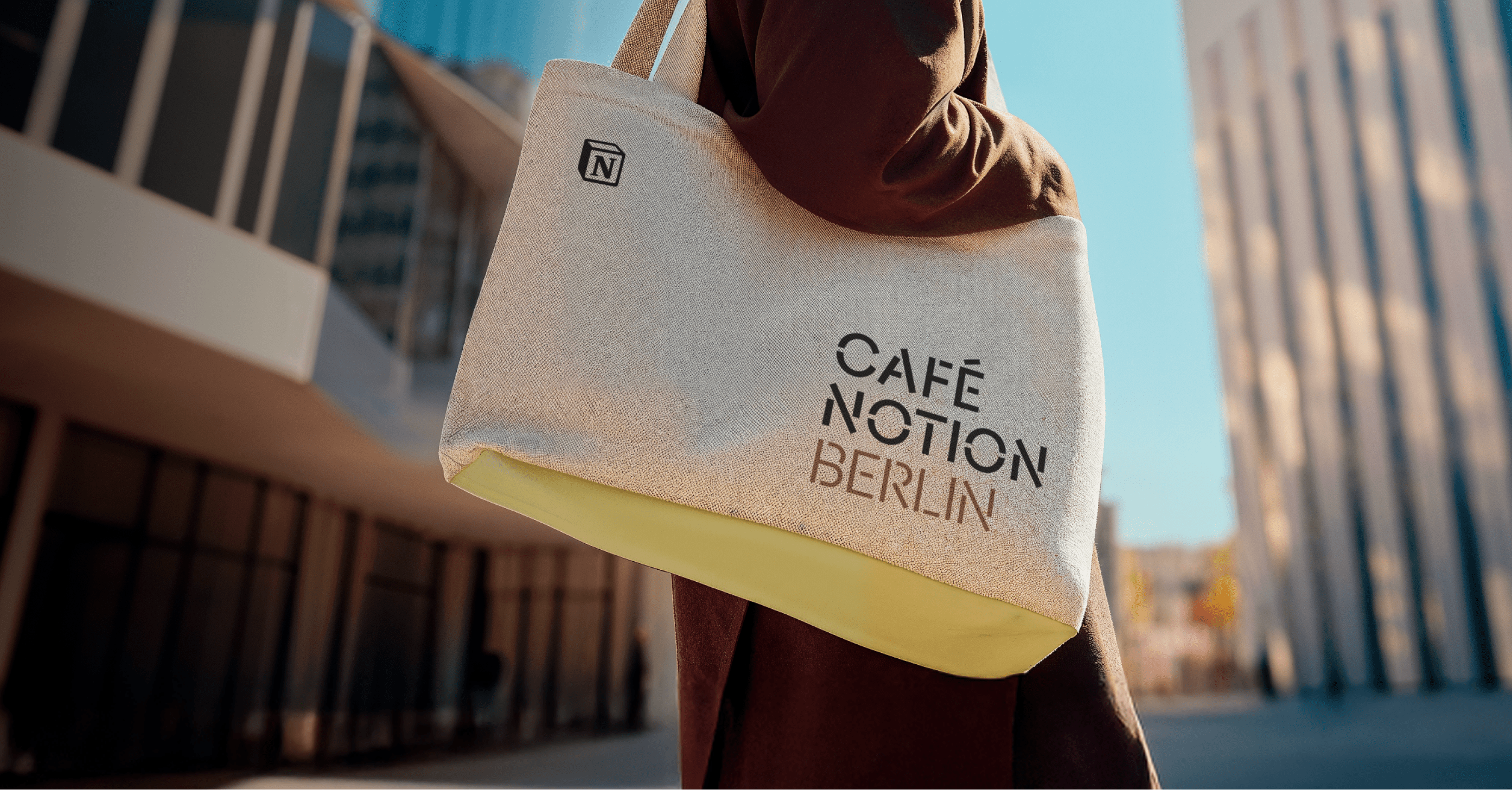
We often use the word brand to cover a wide range of different things, making it a bit of an elusive term. Sometimes it may refer to the actual assets and collateral (like a logo, color palette, and slogan), and othertimes the overall concept or mission of an organization. So, you may be asking yourself, “what exactly is brand development?”.
Brand development is the process of improving a brand or improving the perception of a brand. It's the steps taken in order to make the brand better or more appealing to the target market.
At least, we would hope that's the main purpose. There likely aren't many companies out there trying to make their brand worse.
Jokes aside, brand development isn't something an organization should take lightly—it's a crucial process in creating a lasting company. We've even got a whole video on how to increase customer LTV with great branding!
Let's get into the 5 key steps for developing your brand.
5 Step Brand Development Process
“Your brand is not what you say it is. It’s what they [your audience] says it is.”
— Marty Neumeier, author and speaker
In many ways, this is true. It’s not just about your logo or branding materials—though those are important—it’s the sum of what makes your business unique.
So, how do you develop your brand if much of the perception is out of your hands? We’ve outlined 5 steps to help you get started.
Step 1: Nail Down What You're Branding, to Whom, and Why
You know your business better than anyone else, but it’s important to think about how it’s being communicated to your audience. How is your offering better or different than your competitors? Why does your company even exist? Think outside of just what you're selling and know your unique “why”.
When determining your “why” ask yourself:
- What is it that drives your company?
- If money were no object, what would your company do?
- Is there an underlying mission or purpose for the company that is greater than the services or products you're selling?
Your “why” is the livelihood of your business. For companies who are serious about their brand, any and all things you do must go back to your “why.” It's the cause you’re a champion for—customers want to feel like they’re supporting your cause, rather than simply buying a product or service.
If your customers see that you not only love, but are passionate about what you do, they’ll want to support your enthusiasm by doing business with you.
Think about Nike, and how they've empowered people all over the world to "just do it." This was only possible by them truly living their "why," and spreading their love for running and exercise. The perception of this megabrand wasn't built overnight (it took a lot of work, just read the book Shoe Dog), but they stayed true to their "why" and it paid off.
Step 2: Research Your Target Audience and Competitors
Even if you’re already an established company that is going through a brand audit or even a rebrand, it’s important to do your due diligence and get to work researching.
Here are a few kinds of research you can do to learn more about your target audience and competitors:
Social Media
Social media has a wealth of information that you can use to your advantage. Not only can you learn where your audience hangs out online, what sorts of brands they’re following, and what types of content they engage with, you can also capture a lot of insights from looking at what your competitors are doing and how they present themselves.
When it comes to social media and creating your brand aesthetic, you can even take note of some inspirational companies that are doing a stellar job on social, and bring those ideas back to your own strategy. Just make sure to tie the aesthetic back to your brand.
TIP: Explore both your competitors and your target audience on social to better understand how you should be communicating and positioning your brand online.
Website
Head over to your competitors’ websites and browse their homepage design, product pages, about page, offerings and pricing. Heck, even check out their blog if they have one.
Explore questions like:
- How are they positioning their business?
- What’s their “why”?
- How can you position yourself in a unique light by comparison?
- Is there a common price range across the board?
- Does their pricing strategy make sense?
You can learn a lot from your competitors' websites, so do your research. Then, take this knowledge and apply it (or avoid it) in your own brand development.
For example, a brand may claim it's elite and high-end, only to have bargain basement pricing. Not only does this discredit the company; it tells their customers that they don’t see the value in their own offerings.
TIP: Understanding what you DON’T want your brand to be is just as important as understanding what you DO want it to be. Take notes of all the learnings and ideas you’re gathering along the way—they’ll come in handy when developing a solid brand strategy.
While you’re on your competitors’ websites, go ahead and sign up for their mailing lists. To get an idea of what competitors are doing, it helps to look at the emails they’re sending out to customers and potential prospects. You’ll get a sense of what their brand voice is, and the kind of imagery (if any) that they use.
You might want to copy part of their strategy or frequency of sending emails, but make sure to have a unique email template that's easily recognisable by your clients.
The types of emails you may encounter, depending on the brand and offering, are:
- Onboarding emails
- Nurture emails
- Sales emails
- Promotional emails
- Welcome emails
- And more!
Surveys
Get inside the minds of your customers. Try to better understand what is it that makes them put their trust in your company.
- What pain points does your business solve for them—and not just the services or solutions, but how does your comany make their life better?
- What feedback can they provide on your brand and messaging? Are there any commonalities across the surveys?
- How do they view your competitors' brands in comparison?
There are a ton of questions you can ask your customers, but try to think tactically about what and how you want to ask these questions in order to get the best results.
Consider a mix of both quantitative and qualitative questions. For example, maybe you want to have 500 customers rate your brand statement on a scale of 1-10. Or maybe you want those 500 customers to explain in their own words what they think your brand mission is. Why not take both approaches and combine them in an online survey for optimal feedback?
By asking your customers these questions you’ll get quality information that you can then use to help with your brand development.
Step 3: Finalize Your Brand Proposition and Messaging
A brand proposition is the promise a brand makes to deliver to their customers, should they choose to buy their product or service. This is the core of your competitive advantage, so it’s crucial that you nail this down.
TIP: Your brand proposition (also referred to as a brand statement) is not a slogan or tagline. A brand proposition should clearly identify the benefits that a customer will gain from investing in your brand.
A good brand proposition:
- Is clear and easy to understand
- Communicates how the customer will benefit
One of the best brand propositions comes from Spotify: “Music for everyone.”
These three words get the message across clearly and simply, and guarantee that customers will find their taste in music if they use Spotify. Spotify follows through on its promise, delivering thousands of music genres for millions of people, while curating custom playlists for its listeners.
Three steps to create a brand proposition:
- Identify customer benefits
- Link benefits to value offering
- Differentiate and position yourself
Digital product design platform InVision did a brilliant job crafting their brand proposition: “Design better. Faster. Together.”
InVision identified the benefit of better design and seamlessly linked that to what it offers—a faster-to-use, collaborative platform. Communicating that in only four words? Impressive.
Once you’ve established your brand proposition, work it into your overall messaging:
- Incorporate it into your website as a headline on your homepage
- Pop it into your social media bios
- Plug it into your email marketing messages or signoffs
Giving your brand proposition a prominent place in your messaging makes for a cohesive story across every marketing touchpoint.
Lastly, bring it up in conversation. Spread the word and have this message ring true in customers’ and potential customers’ ears. Teach your employees how to best communicate your brand proposition to create consistency and greater reach.
Step 4: Create or Update Your Name, Logo, and/or Tagline
** If you’re just starting your company, or maybe even rebranding, this is an important step for you. If you’ve already nailed down your name but are looking for tips to better develop your brand, keep on scrolling.**
Craft Your Business Name
Coming up with a business name is one of the most fun parts of starting a business. It’s a time to put on your thinking cap, research, brainstorm, and come up with a name you’ll be proud of. You can also use an online business name generator to spark inspiration and explore a wide range of unique options.
Whether it’s a months-long process or instant “aha!” moment, you want to ensure that your business name is:
- Original. You want to compel customers to take notice of your brand, so your name needs to set you apart from the crowd.
- Available. Do a domain search and pull up social media platforms you plan to be on to check if any websites and accounts have the name you’re planning to use. Sometimes you can buy these accounts and domains off of people, but it can get pretty expensive.
- Timeless. It’s important to make sure that your business name doesn’t limit future possibilities, such as new offerings.
- User-friendly. Your name should be easily discoverable in a quick search. People should have an idea of how your name is spelt upon hearing it.
Here are some ideas to get started with naming your business:
Add a prefix or suffix: try adding -ify like Shopify did.
Create compound words: combine two words like Instagram did (instant + telegram).
Craft a portmanteau: a more finessed version of a compound word, combine shared letters of two words like Pinterest did (pin + interest).
Misspell: replace letters or remove vowels like Lyft did (lift).
Design Your Logo
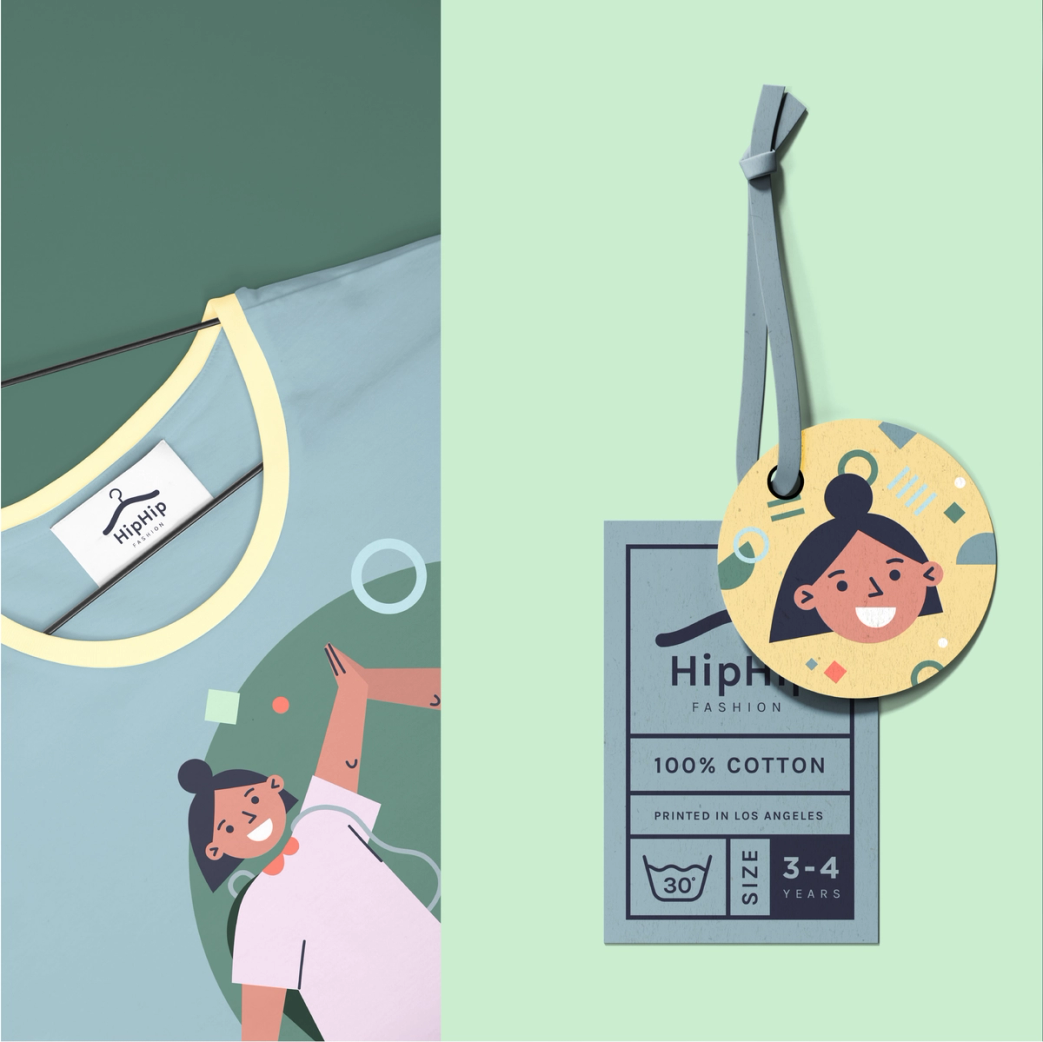
Logo and branding services by Superside
Okay, okay, this part’s fun too. Now we’ve moved onto the visual side of things, which means your brand is really coming to life. Your logo is the foundation of building your entire visual brand. And as the face of your brand, it’s critical that it reflects who you are as a company.
It’s helpful going into this with an idea of what you want your brand’s design style to be. Are you going for a minimalist or playful design style? Your color branding, typography, and imagery choices will need to reflect this.
Designing your logo can be broken down into five steps:
- Research your brand, target audience, and competitors
You should already have this research from step one. What is your brand’s message? What do you bring to the table? What kinds of brands resonate with your target audience? Are there common logo elements in your industry? - Evaluate your logo design options
Understand the different styles of logos and which one best suits your brand. Modern, geometric, elegant and funky are just a few examples. - Narrow down your color, font and symbol ideas
You may have already established a color palette. Have four colors? We suggest using one to two in your logo. One font usually fairs well in a logo as well. Symbols? As long as they’re scalable and add meaning to your design. - Make your logo
Work with a designer or design team, like that of Superside, or explore other options like freelancers and agencies. - Test and refine
If your logo is colored, see if it looks good in black or white. Test if it’s scalable. From business cards to billboards, you want it to look good at all sizes.
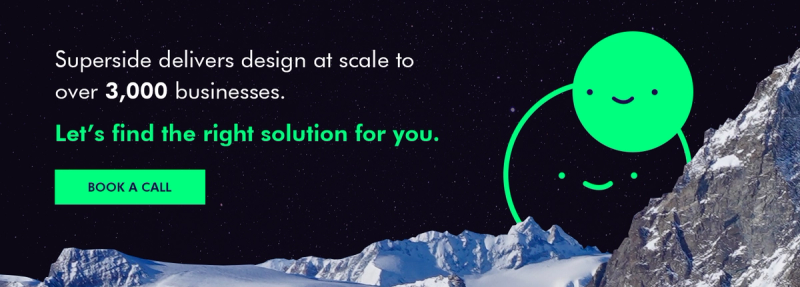
Come Up With a Tagline
As mentioned earlier, a tagline is separate from a brand proposition. While the latter focuses on customer benefits and what a brand offers, a tagline is a catchphrase used for advertising purposes.
You might find a company’s tagline on their:
- Homepage
- Email signatures
- Social media bios
- Advertisements
If we revisit Spotify’s brand proposition, “Music for everyone”, notice that it differs from “Music for every mood”, the tagline they used last year in an ad campaign that played off of meme culture. Taglines can either be consistent in all of your advertising or regularly updated, differing across campaigns. Brand taglines err on the more permanent side.
When coming up with a tagline for your brand, there are a few paths you can choose to take.
- You can play up your brand’s philosophy like Apple did with its “Think different”, with no mention of high-end tech whatsoever
- You can be more literal like Sprite with its “Obey your thirst”
Whichever route you choose, you want your tagline to be short, memorable, and something that resonates with your audience.
Step 5: Create or Update Your Website
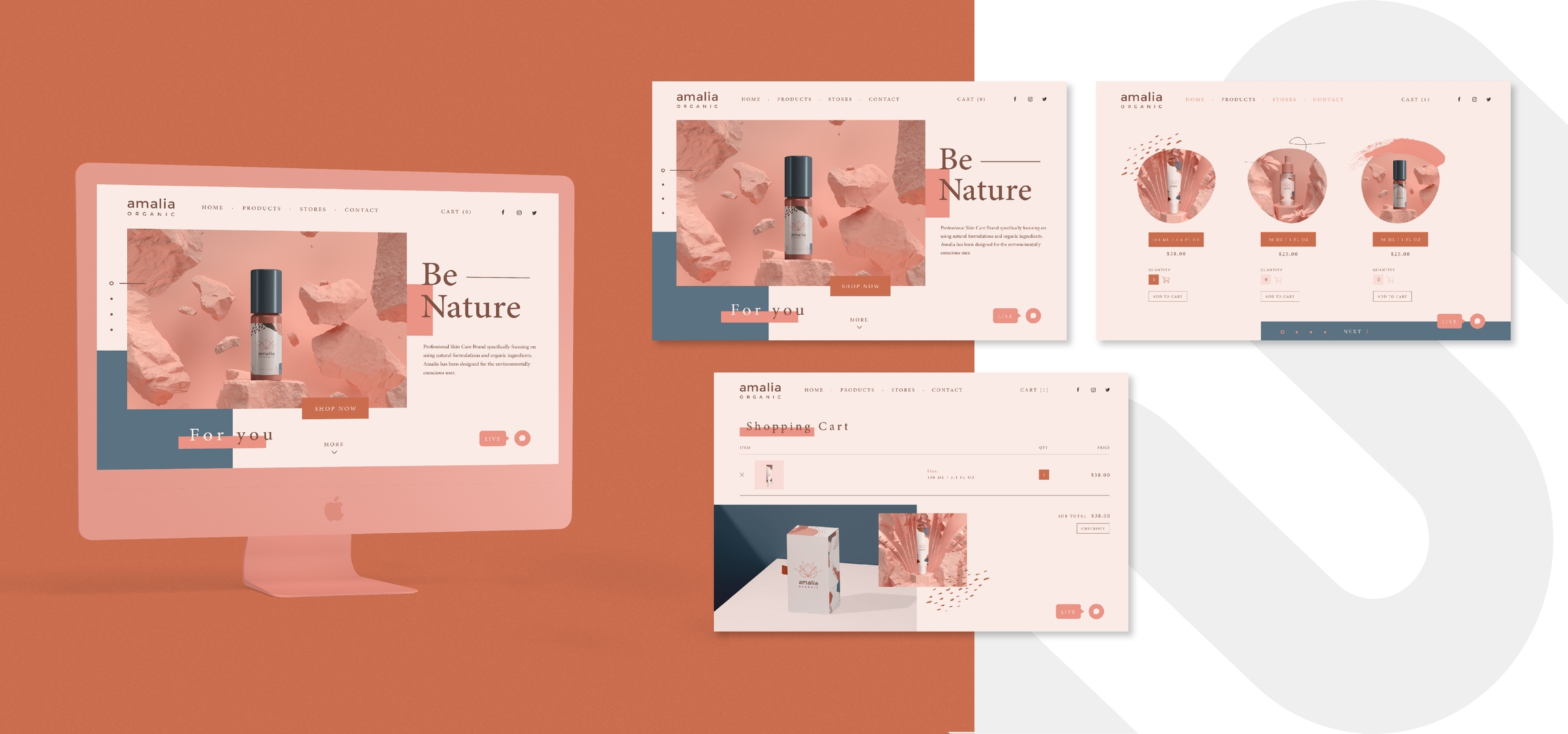
Website design by Superside
Your website is where people go to learn more about the business and why they should care. There are the basics of setting up a website with the right site architecture, and even getting your SEO down. But one of the most important aspects is how the site actually looks, performs and reads to your audience.
Using your customer research, brand proposition, and more, start to develop your pages.
TIP: Using inspiration from other websites you love should help to give some direction for your design and copy.
When starting out you’ll want to make sure you’ve covered all your bases. Here’s a simple 5-step website checklist:
- Select your domain name
- Pick a hosting service
- Design your website’s pages
- Learn and practice SEO
- Test it all
When it comes to your website (along with much of your other marketing), make sure you're testing and iterating in order to achieve the best results. As mentioned, a brand doesn't happen overnight. You may have a hunch as to what can take your brand from good to great, but if your audience doesn't jive with it (and thus, conversions drop down), then keep testing.
Step 6: Launch Your Brand to the World, Track its Performance and Adjust
“What, you said there were only five steps!”
Well, brand development is really an ongoing process. You can set things up for success, but it will always be evolving.
Look at the evolution of Coca-Cola.
Though a household name today, like any other business starting out, Coca-Cola had humble beginnings. With very little difference in its logo since launching in 1886, the brand has remained true and consistent from day one. 134 years of messaging centered around good moments and spending time with loved ones, combined with its vibrant red and old-school yet timeless logo, Coca-Cola stands as one of the strongest global brands today.
Old Coca-Cola Ad
New Coca-Cola Ad
To track how your brand is performing, talk to your customers, read reviews, and adjust where necessary.
Check out this list from Shopify’s Blog:
In addition to your logo and corporate colors, you can communicate your brand message through:
- Your store environment and atmosphere
- How your staff members treat customers
- How your staff members dress
- The products you carry
- The price you charge
- Product packaging
- Public relations
- Public speaking
- Direct mail
- Sponsorships
- Advertising
- Nonprofit partnerships
Whether you’re building a brand from scratch or rebranding, the steps to do so require a ton of effort, research, and reflection. Always revisit your “why” and ensure that every action you take in building your brand and communicating goes back to it.
Oh, and make sure you’re actively communicating your brand messaging and purpose internally as well—brand development starts from within the organization.
Brand Development Should be Never-Ending
Though you're not going to change your logo, name, or target audience on the regular (these brand elements and strategies should be well thought out for future longeivty), you should always be working to improve your brand. From brand awareness, to overall brand health, it's important to have your finger on the pulse and adjust your brand strategy where needed.
Brand development is a continuous thing, because a brand is always changing. That means there will always be room for improvement and learning. If you need help refreshing or designing your brand, we can assist with anything from logo design, to website design, to marketing design. Think of Superside like an extension of your team.
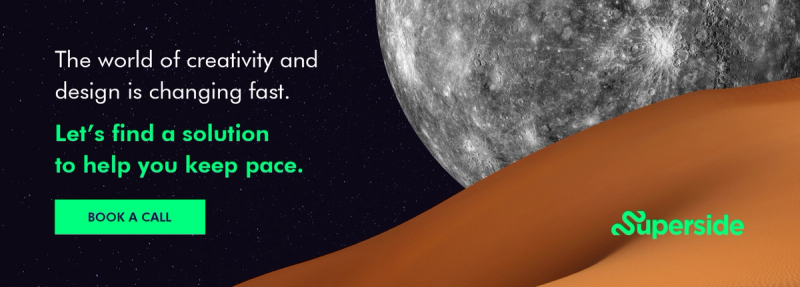
Finally, make sure that you’re continuously checking in on your brand to ensure it’s being communicated properly across all touchpoints, both externally and internally. And don’t be afraid to actually talk to your customers and get their insights as to whether your brand is being portrayed and discussed in the way it was intended to be.
After all, a brand is nothing without an audience to help define it.












